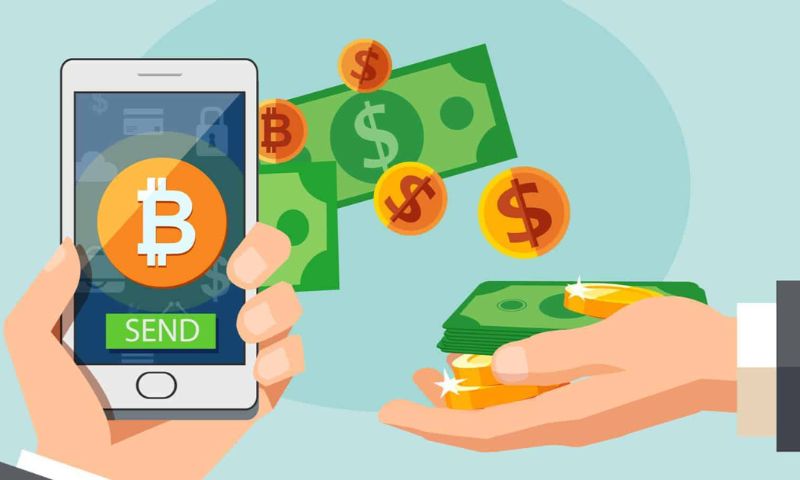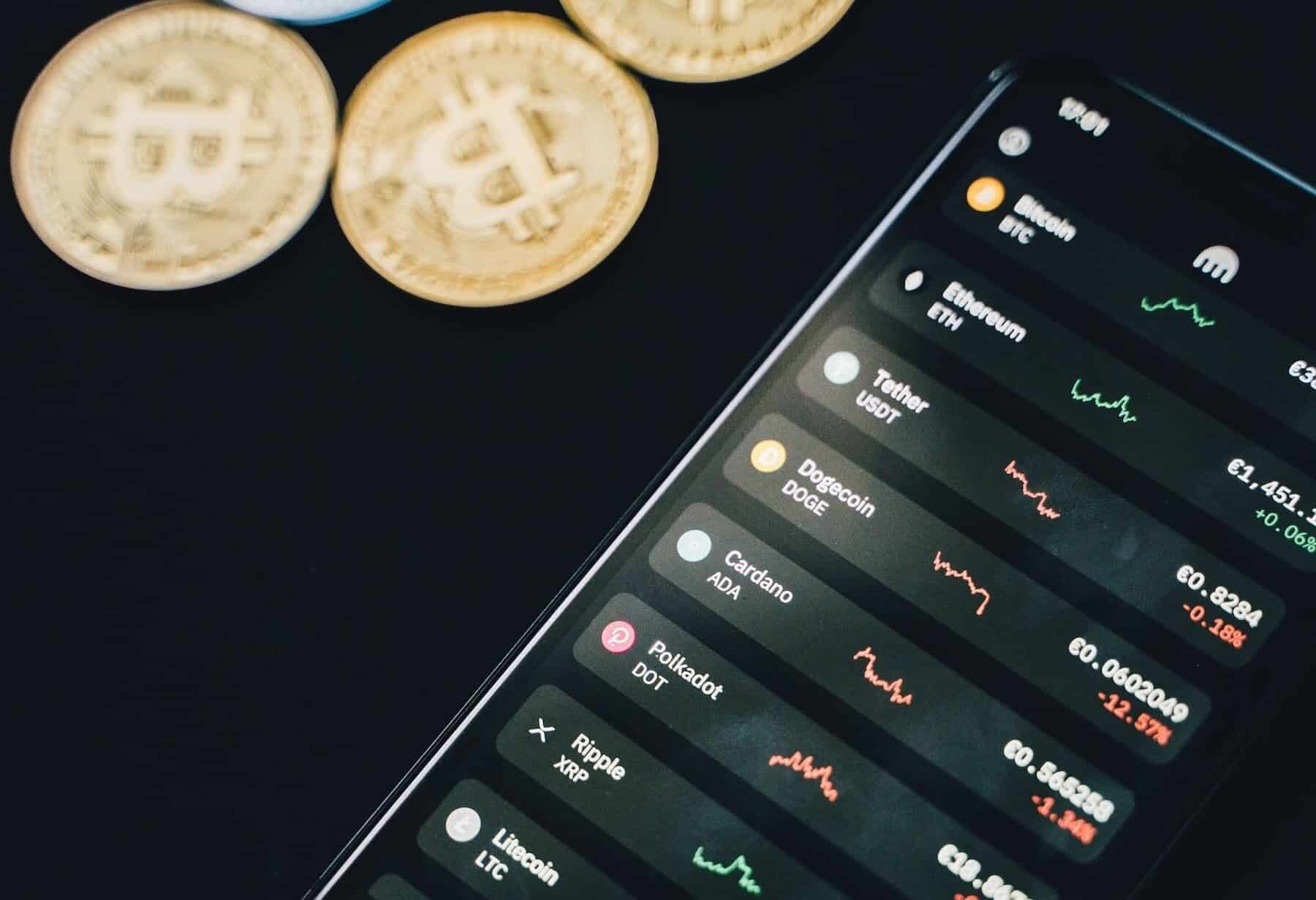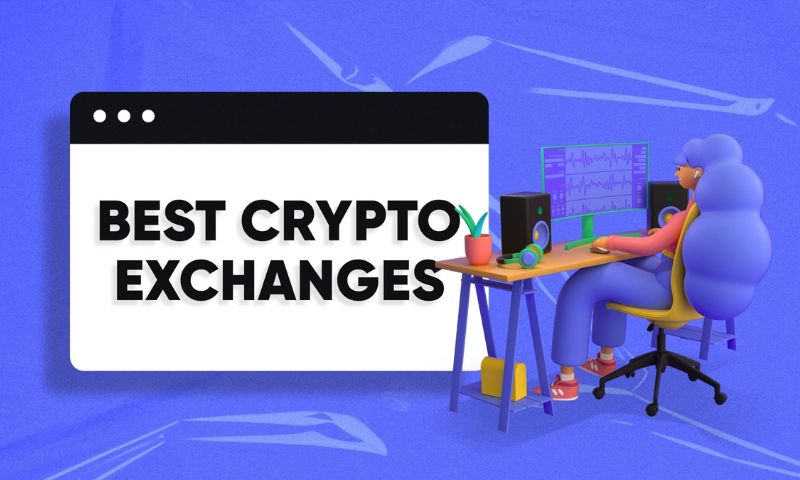As your crypto trading expert, I get it: fees can eat into your profits like no one’s business. So here’s the deal: finding the cheapest crypto exchange fees can mean more money in your pocket. Sure, tiny percentages seem harmless at first glance. But hey, stack them up and they pack a punch on your investment gains! We’re diving deep, slicing through the noise to uncover the crypto exchanges that give you the edge. You’ll learn how to spot those sneaky hidden charges and use smart practices that keep your cash right where it belongs—with you. Ready to slash those fees? Let’s show you how.
Understanding Exchange Fee Structures in Cryptocurrency Trading
The Impact of Trading Fees on Cryptocurrency Investments
Every trade you make on a crypto platform can cost money. The less you pay, the more of your money you get to keep. That’s why understanding fees is a big deal for investors.
Revealing Hidden Charges in Crypto Transactions
It’s not just the obvious fees you need to watch out for. Some charges are hidden. I’m here to help you find them.
When you’re trading cryptos, little fees add up and eat into your profits. “How much are these fees?” you ask. Well, they can vary a lot. Some exchanges charge more, some less. It’s crucial to know this, so you can keep more coins in your wallet.
Let’s get deeper into why fees matter. Imagine you make a lot of trades. If each one has a high fee, your stack of coins shrinks fast. That’s money you could have saved or invested. Choosing a platform with low fees helps you save on every trade. That adds up to a lot more coin for you.
Now, you might think, “Okay, but what’s a trading fee?” A trading fee is a bit like a toll on a road. Each time you buy or sell crypto, the exchange takes a bit as a “thank you” for using their road. Pay too many tolls, and it’s like a traffic jam for your money.
The main types of fees are:
- Trading fees: what you pay to buy or sell.
- Withdrawal fees: what you pay to take money out.
- Deposit fees: sometimes what you pay to put money in.
But there’s more. Let’s talk about hidden fees. These are sneaky. You might not see them at first. Think of them like small leaks in a water bottle. Over time, they can drain your funds.
Hidden charges can be in the form of:
- Spread: the difference between buying and selling prices.
- Network fees: extra costs when moving crypto between wallets.
- Conversion fees: if you need to switch currencies, there might be a cost.
Here’s what you can do to avoid losing money to fees:
- Compare exchanges: Look at different platforms. Some are way cheaper.
- Use fee calculators: These tools show you how much you’ll really pay per trade.
- Read the fine print: Know what you’re getting into before you trade.
- Watch for changes: Exchanges can change fees. Stay updated.
Now, you might ask, “Are there any zero-fee exchanges?” Yes, there are. These platforms make money in other ways, like selling your trading info or offering paid premium features. Some people love them. They can save you a lot from trading costs.
Last thing before we move on – always remember, cheap can be good, but not if the service is bad. It’s like buying a cheap umbrella that breaks in the rain. Use cheap exchanges, but only the ones you trust. They should be safe, reliable, and user-friendly.
To wrap this up, know your fees, watch out for the hidden ones, and your crypto journey can lead you to saving a lot more. Making smart choices now means you’re laughing all the way to the digital bank later.
Identifying the Most Economical Cryptocurrency Exchanges
Comprehensive Comparison of Fee Structures Across Platforms
When it’s time to trade, fees can eat your cash like hidden monsters! I’ve seen it all and I’m here to pull back the curtain. First, know this: not all exchanges are friends to your wallet. Some have big, scary fees; others are much kinder. Let’s find out which are which.
What is an affordable cryptocurrency trading platform? Let me tell you, it’s a place where you can trade without feeling robbed. Trades must be cheap. The goal is to keep more coins in your pocket.
How do we hunt for the best deals? It’s all in the comparison. Trading costs in crypto markets vary a lot. Some platforms shout about “zero fees” but hide costs in bad exchange rates. Others show fees upfront but offer more coins for your dollar.
We use tools to get smart. What’s a crypto exchange fee calculator? It’s your best pal in this game. It tells you the real price of each trade, no nasty surprises.
What about low-fee crypto brokers? They’re your next best friend. Brokers connect you to markets without pinching your pennies. Some even offer no-fee crypto exchange reviews, which can help you choose where to trade.
Spotlight on Zero-Fee and Low-Commission Crypto Brokers
Get this: zero-fee doesn’t mean free. However, it can still be a winner. Zero-fee cryptocurrency exchanges make money elsewhere, like in spreads or membership fees. They let you swap coins without direct trading fees. Then there are low-commission bitcoin platforms. These are the gems for trading Bitcoin without surrendering too much in fees.
Finding cost-effective digital currency services matters most when you’re trading often. Let’s look at crypto day trading fees. Day traders make many trades in a day. With high fees, profits could vanish like a ghost.
What about when you want to hold onto your coins? Low withdrawal fee crypto exchanges are key. Why lose cash just to get your own money out? It makes no sense.
Or consider minimal fee crypto marketplaces. They offer good rates for buying and selling, so each trade feels less like a battle with your bank balance.
Low spread cryptocurrency exchanges should also be on your radar. A low spread means the buy and sell prices are close. That’s good news for your wallet!
And don’t forget about peer-to-peer crypto exchange affordability. No middleman can mean saving on fees. You trade directly with others and keep more of your coins.
Always keep an eye out for discount blockchain transactions. They can make a big difference over time.
Trading crypto should feel good, not draining. With the right know-how, you can keep costs low and joy high. Go find those budget-friendly exchanges and trade like a pro, for less!
Cost Optimization Strategies for Crypto Traders and Investors
Tools for Cost Analysis: Crypto Exchange Fee Calculators
Crypto trading can cost you money if you’re not careful. Fees can eat up your funds without you even knowing it. But there’s good news. You can use tools like crypto exchange fee calculators to avoid surprises. They show the real cost of trading so you can save money. How do they work? Just put in your trade’s details and bam, you see what each trade costs.
These calculators help compare what each platform will charge you. Let’s say you want to trade Bitcoin or low-cost crypto purchasing. By using a calculator you see which exchange offers the best deal. With this, you can pick the affordable cryptocurrency trading platforms that suit you best. No-fee crypto exchange reviews can also guide your choice. Remember, comparison of crypto exchange rates is key to finding where you pay less and get more.
Implementing Smart Trading Practices to Minimize Fees
Trading smart means paying less for each trade. First, pick a budget-friendly crypto exchange. Some exchanges offer zero-fee cryptocurrency exchanges, which is great for your wallet. Others might have low-fee crypto brokers or special deals where you pay minimal fee crypto marketplaces.
When you buy or sell, timing is everything. Be smart about when you trade. Look for low commission bitcoin platforms. This can mean trading when fees are lower. Some exchanges have different fees at different times. This sometimes happens during high traffic times. So, trade when it’s quiet if you can.
Also, think about how much you trade. Bigger trades can sometimes mean lower fees. This is because some exchanges charge less per unit when you trade more. But this doesn’t mean you should always trade big. Do what makes sense for you.
Lastly, watch out for hidden fees in crypto trading. Yes, even the low spread cryptocurrency exchanges can have these. Check for things like withdrawal fees. Always read the fine print before you trade.
Know your habits, too. If you’re into crypto day trading fees, make sure to check how much a platform charges for fast trades. And if you’re all about altcoin exchange low fees, make sure your chosen platform has a good choice of altcoins.
In the end, managing your money in the world of crypto means knowing the costs. Use crypto exchange fee calculators, pick the right trading times, and read the fine print. If you keep your eyes open and use these tips, you can keep more coins in your digital wallet. That means more money for you and fewer worries about fees.
So go ahead, tackle those trades with your new knowledge. When you see your savings grow, you’ll be glad you did.
Exploiting Arbitrage and Low-Cost Trading Opportunities
Navigating Peer-to-Peer Platforms for Better Value
Peer-to-peer crypto trading can mean better deals for you. These platforms let you deal directly with others. You can often avoid high fees charged by traditional exchanges. So, where do you start?
Sites like LocalBitcoins and Paxful are good places. They are budget-friendly crypto exchanges. Both sites offer a wide range of payment options too. Users set their own prices. This means you can find lower rates than standard market prices. Always check trader ratings and volumes before you trade. This ensures you don’t fall victim to scams.
Arbitrage Strategies: Taking Advantage of Fee Discrepancies
Crypto arbitrage is about fast moves and smart plays. It involves buying crypto on one exchange where the price is low. Then you sell it on another where the price is higher. You profit from the price gap.
But you must consider fees! They can eat into your earnings. Some exchanges have low fees, while others have high ones. A good place to start is by using a crypto exchange fee calculator. This helps pinpoint which places have the lowest fees.
For example, Binance often has low fees for trading. Kraken can be good for low withdrawal fees. Spotting these opportunities takes quick action and research. It’s essential to watch the markets. Have accounts on multiple affordable cryptocurrency trading platforms ready. This makes it easy to move on an arbitrage chance when it pops up.
Low-fee crypto brokers might also offer discounts for high-volume traders. This can lead to nominal fees for crypto traders who play their cards right. Micro fee crypto swaps are more common now. Cost comparison of bitcoin exchanges should be an ongoing task. Good research means good deals.
Flat rate crypto trading fees might seem great at first. But they can hurt small-volume traders. High-volume traders can get more bang for their buck on these platforms. Be sure to read the fine print. Hidden fees in crypto trading are real and can sneak up on you.
Low cost crypto purchasing isn’t a myth. It’s about smart choices and knowing where to look. Zero-fee cryptocurrency exchanges exist. But they might make up costs in other areas, like withdrawal fees. You need to read reviews and comparisons to find the best value crypto trading sites. Use budget crypto trading strategies to keep money in your pocket. You want to save on crypto transaction fees, not just make trades.
There’s no one-size-fits-all answer for the best platform. But the effort you put into finding low spread cryptocurrency exchanges pays off. It means more crypto in your wallet after each transaction. So, take the time to learn and compare. Your bank balance will thank you.
In this post, we’ve unpacked the maze of exchange fee structures critical for crypto trading. We’ve shed light on hidden charges that can nibble away at your investments and shown how to spot the most wallet-friendly crypto exchanges out there.
Knowing how fees impact your crypto moves is key. Armed with this knowledge, you can pick platforms that align with your trading style without costing you an arm and a leg. We’ve also handed you tools to keep costs down and smart practices to make every coin count.
Lastly, we dived into the smart world of arbitrage. Spotting fee gaps across markets can land you sweet deals. Whether you’re a seasoned trader or fresh in the game, use these tips to trade smarter. Keep an eye out for low fee spots and stay ahead in the crypto race!
Q&A :
What are the lowest-fee cryptocurrency exchanges available?
When looking for exchanges with the lowest fees, it is essential to consider not only trading fees but also withdrawal and deposit fees. Some exchanges offer a competitive fee structure, with Binance and Kraken often cited for having low trading fees, while platforms like Bitstamp and Gemini are recognized for offering low withdrawal fees. Always review the fee schedules on an exchange’s official website to ensure you are getting the most cost-effective service for your crypto trading needs.
How can one decrease the costs associated with trading on a crypto exchange?
To decrease trading costs on a cryptocurrency exchange, consider the following strategies: Look for exchanges that offer fee discounts for using their native tokens, take advantage of tiered fee structures by increasing your trading volume, and opt for limit orders over market orders, as they often come with lower fees. Additionally, stay abreast of any promotions or membership programs that may provide reduced fees.
What factors should be considered when comparing crypto exchange fees?
When comparing crypto exchange fees, remember to account for the type of fees charged, such as maker-taker fees, deposit and withdrawal fees, and tier-based fee structures that vary based on trading volume or account type. It’s also prudent to consider the spread, which can affect the overall cost of a trade, as well as any discounts available for using a specific payment method or the exchange’s native cryptocurrency.
Are there any crypto exchanges that offer zero-fee trading?
A handful of exchanges have enticed users with zero-fee trading offers, either as part of a promotional period or as a feature of their platform. Exchanges like Robinhood and Phemex have been known to provide zero commission trading on certain pairs. However, it is important to read the fine print as there might be other fees or costs indirectly applied, such as those embedded in the price spread.
Can using decentralized exchanges help in saving on fees?
Utilizing decentralized exchanges (DEXs) can at times save on fees, as they often have lower fee structures compared to their centralized counterparts. The trade-off, however, comes in the form of potentially higher network transaction fees (gas fees), less intuitive interfaces, and sometimes lower liquidity. Weigh these factors against the potential savings in trading fees to determine if using a DEX aligns with your trading strategy and cost-saving goals.






